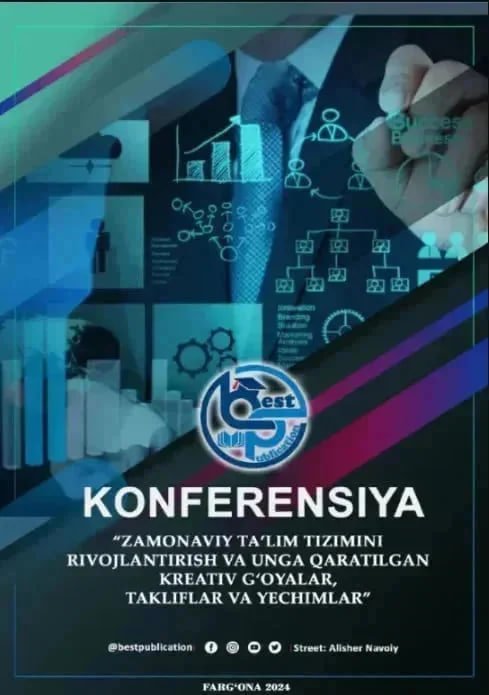TEACHING ENGLISH TO YOUNG LEARNERS THROUGH CARTOONS: PEDAGOGICAL INSIGHTS AND PRACTICAL APPLICATIONS
Keywords:
young learners, cartoons, English language teaching, vocabulary development, listening comprehension, multimedia learning, language acquisition.Abstract
The use of cartoons in teaching English to young learners has proven to be a powerful tool for language acquisition. Cartoons provide a rich, multimodal context that captures children’s attention, stimulates imagination, and supports both receptive and productive language skills. This paper examines the pedagogical advantages of using cartoons as an instructional medium in early English language education. Drawing on theoretical frameworks such as the Input Hypothesis, Dual Coding Theory, and Multiple Intelligences Theory, the study explores how cartoons enhance vocabulary development, listening comprehension, and speaking confidence in young learners. The paper includes examples from popular animated series and provides classroom-based activities that integrate cartoon content into language teaching. Empirical findings and references to key studies highlight the effectiveness of cartoons in fostering engaging and effective English learning experiences for children.
References
Bransford, J. D., Brown, A. L., & Cocking, R. R. (2000). How people learn: Brain, mind, experience, and school. National Academy Press.
Ellis, G., & Brewster, J. (2014). Tell it again! The storytelling handbook for primary English language teachers. British Council.
Gardner, H. (1983). Frames of mind: The theory of multiple intelligences. Basic Books.
Krashen, S. D. (1985). The input hypothesis: Issues and implications. Longman.
Mayer, R. E. (2009). Multimedia learning (2nd ed.). Cambridge University Press.
Paivio, A. (1991). Dual coding theory: Retrospect and current status. Canadian Journal of Psychology, 45(3), 255–287.
Piaget, J. (1952). The origins of intelligence in children. International Universities Press.
Shin, J. K., & Crandall, J. A. (2014). Teaching young learners English: From theory to practice. National Geographic Learning.
Swain, M. (1995). Three functions of output in second language learning. In G. Cook & B. Seidlhofer (Eds.), Principle and practice in applied linguistics (pp. 125–144). Oxford University Press.
Webb, S., & Nation, I. S. P. (2017). How vocabulary is learned. Oxford University Press.





